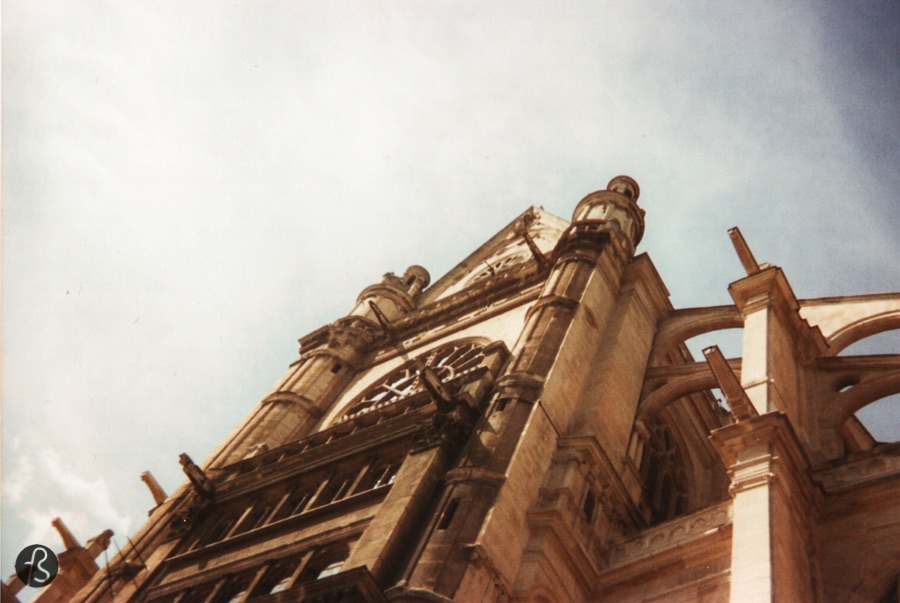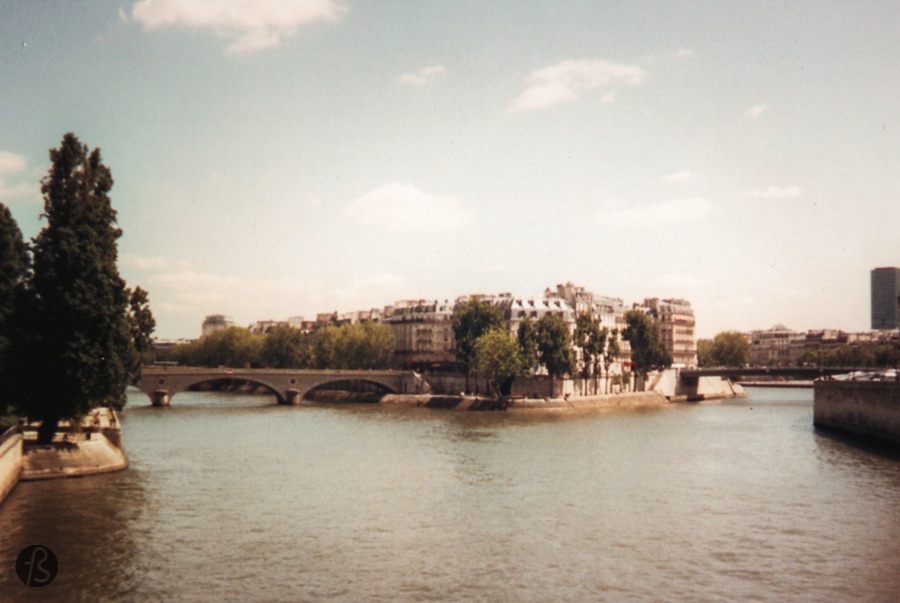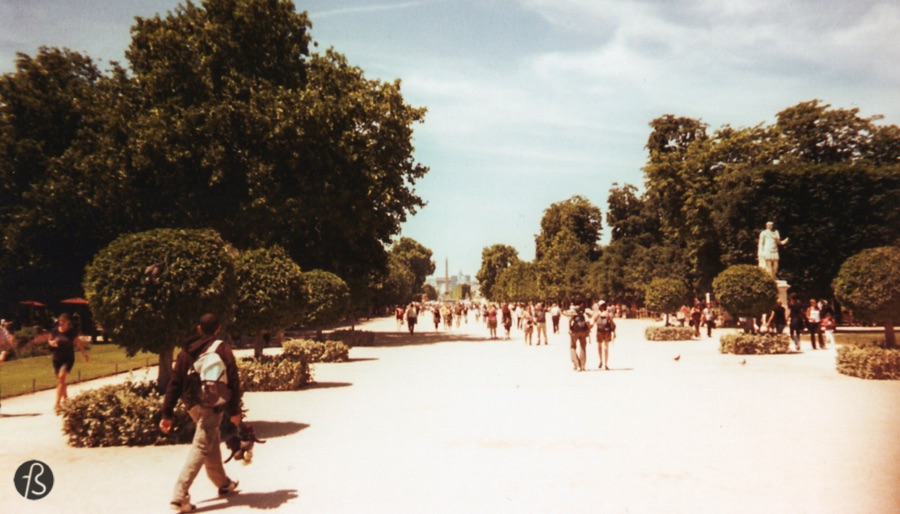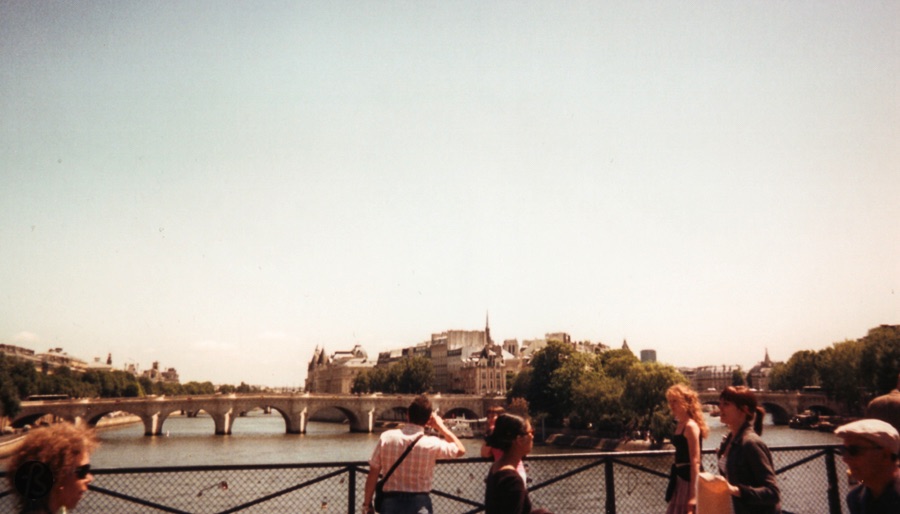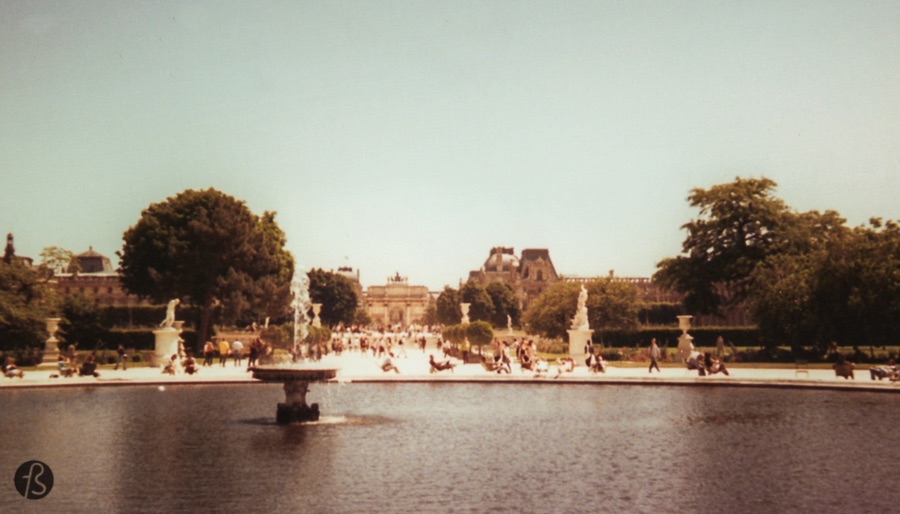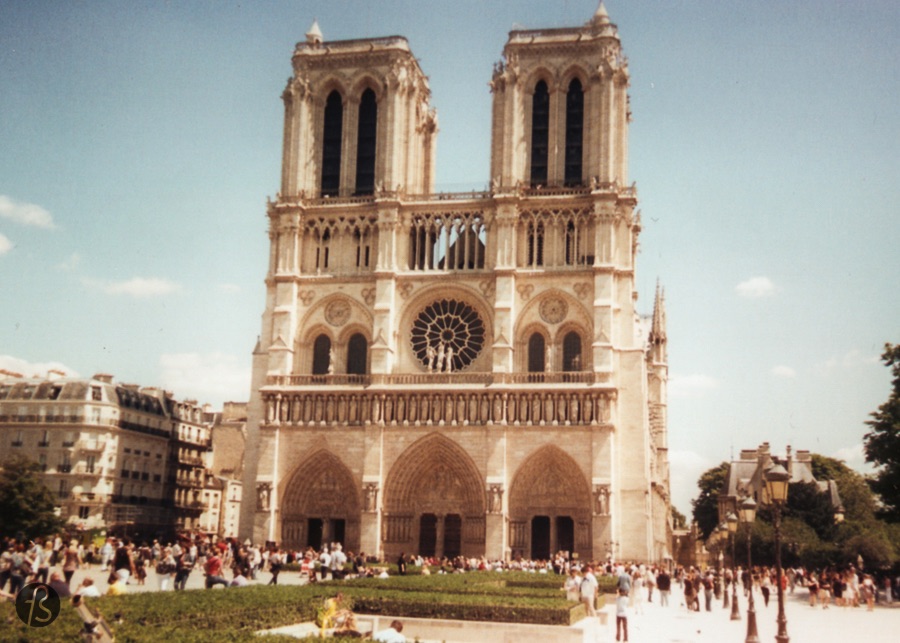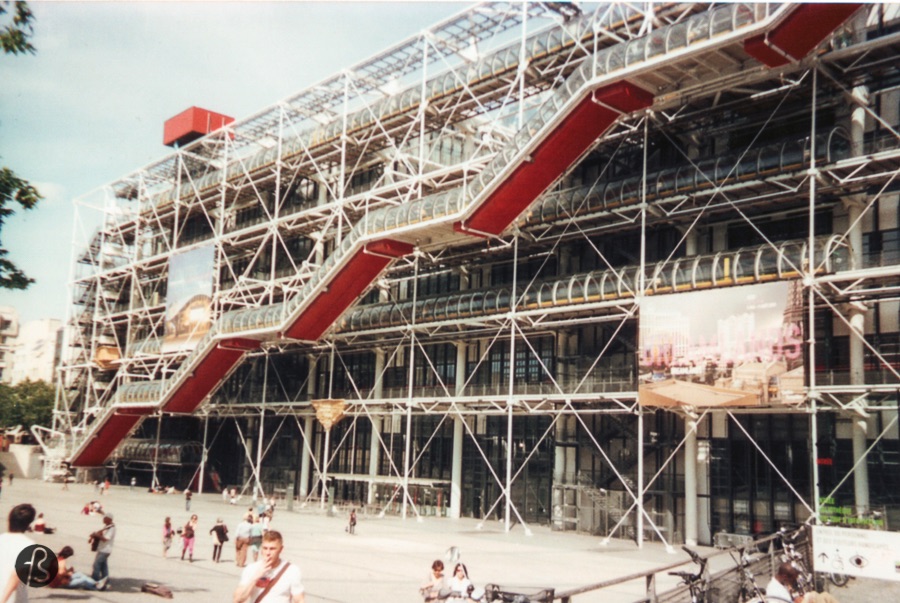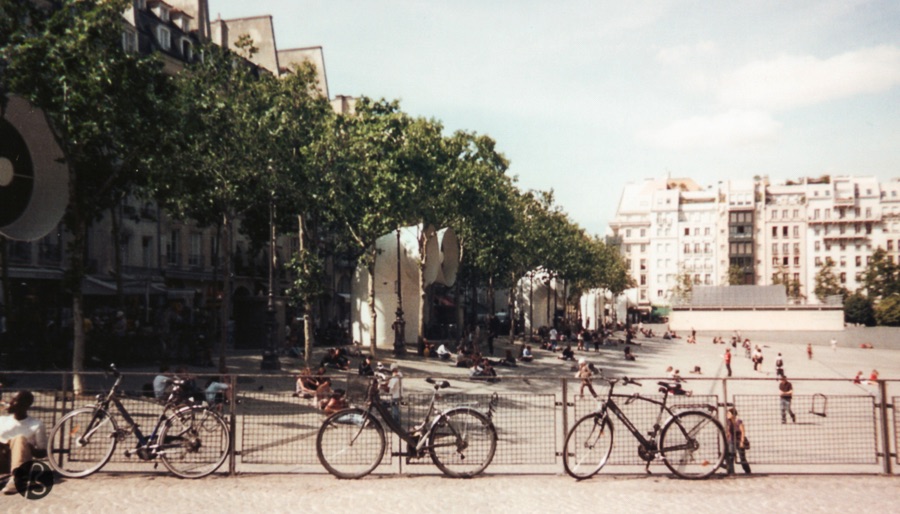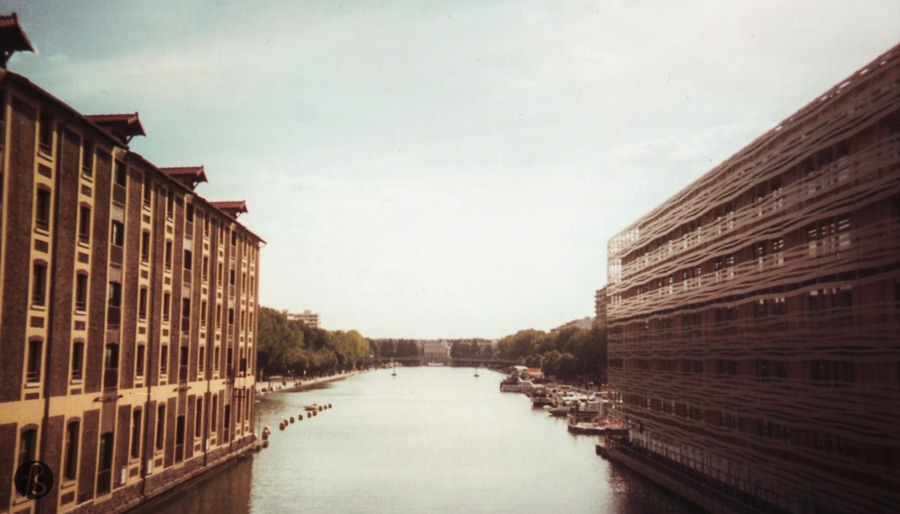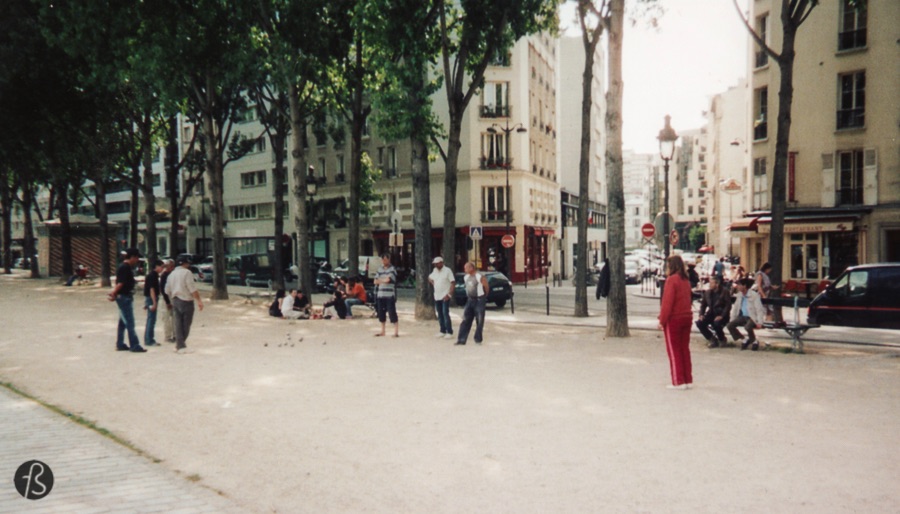Paris was never a city that I planned to go to. But once I found myself there in June 2010, I knew I had to find things to do in Paris and enjoy my few days in the French capital. I decided to walk throughout Paris visiting all the sights I could in the least amount of time. These are the places I visited while I marched through Paris in a long afternoon.
<div class=”aligncenter”><!– Go to www.addthis.com/dashboard to customize your tools –> <div class=”addthis_native_toolbox”></div></div>
The last stop in my first international trip was the French capital. Paris was never a part of my travel plans because I thought the city was one of these places that were boring because everybody goes there. But I was wrong, and I realized that the second I was out of the train at Gare du Nord. The first moments taking the subway and seeing Paris was weirdly unusual for me. And I don’t think I will ever forget those days exploring Paris.
Before getting to Paris, I did my research and found this really inexpensive and well-located hostel called St Christopher’s Inn Paris. I liked it so much that every time that Fotostrasse goes to Paris, we stay there. The hostel offers dormitories and private rooms, has a good wi-fi connection, clean showers and toilets and a great view of the Canal Saint-Martin fro the terrace.
If you are looking for a cheap place to stay in Paris, the St Christopher’s Inn Paris might the place you are looking for.
It was at St Christopher’s Inn Paris that my walking tour of Paris started on that warm June day in 2010. My goal was to explore as much of Paris as I could in the short amount of time I was staying there. So, off I went in the subway from Crimé metro Station to Trocadéro. My goal was to start the city tour with the main tourist attraction France has to offer and the Eiffel Tower was the first thing I wanted to see.
Things to do in Paris by Foot
After a few minutes on the subway, I left the Trocadéro subway station and stumbled upon the Eiffel Tower in the distance. Seeing the steel structure between the water spraying from the Fountain of Warsaw is something that is hard to forget. The Jardins du Trocadéro, Gardens of the Trocadero in English, is the first thing you will have to go through to get to the Eiffel Tower if you leave the subway at Trocadéro.
The Jardins du Trocadéro are were the Palais du Trocadero used to stand. The palace was built for the Exposition Universelle in 1878 and the present garden was created for the Exposition Internationale des Arts et Techniques dans la Vie Moderne of 1937. The main feature at the gardens is the Fountain of Warsaw and they look beautiful.
I remember walking along the Pont d’Iéna and reaching the Eiffel Tower and wondering how did I get there. I remember seeing pictures of the La tour Eiffel since I was a child but seeing it in real life was something else. The tower is this huge steel structure that looked way more impressive up close than I expected.
La tour Eiffel was erected for the 1889 World’s Fair and was heavily criticised by a few French intellectuals for its design. But, after a few years, it ended up becoming a cultural icon for Paris and France. Nowadays it is one of the most recognizable structures in the world and it receives more than 7 million visitors each year.
The queue under the tower was so long that the plans I had in my head to ascend all the way to the top went away. Since I didn’t have that much time in Paris, my goal was to see as much as I could and queues were not in my plan. Because of that, I left the Eiffel Tower crossing the Champ de Mars were the French army used to do their drilling and march a long time ago. This is why it is named after the Latin name of the Roman god of war.
My goal was to reach Les Invalides, officially known as L’Hôtel national des Invalides. The National Residence of the Invalids, like it’s called in English, is this complex of buildings containing museums and monuments telling the military history of France. It is there that you are going to find the Musée d’Histoire Contemporaine. If you never heard about this museum, I don’t blame you. Most people never heard about the place but everybody knows one of the men that is buried there: Napoleon Bonaparte. If you like to learn more about the military past of France, this is the place to go.
Something curious about the Les Invalides is that the dome of the building inspired the present dome of the United States Capitol, designed by Thomas U. Walter. Cool right?
After taking a fast look at everything there, I wanted to reach the Champs-Élysées and, to do that, you have to cross the Esplanade des Invalides, where the embassies of Austria and Finland stand neighboring the French Ministry of Foreign Affairs, all forming one of the grand open spaces in the heart of Paris.
On the other side of the Seine river, I reached the the Petit Palais and the Grand Palais before getting into the Champs-Élysées. The Grand Palais des Champs-Élysées is a large historic site, exhibition hall, and museum that were constructed back in 1897 for the Universal Exposition of 1900.
From there, I finally reached Champs-Élysées where I could see the Arc de Triomphe in one direction and the Louvre on the other side. I never knew that the name of this famous avenue is French for Elysian Fields, the paradise for dead heroes in Greek mythology.
After a few minutes of walking around a place I never imagined to be, I reached the Place de la Concorde, the largest square in the French capital. The square was designed by Ange-Jacques Gabriel in 1755 as a moat-skirted octagon between the Champs-Élysées to the west and the Tuileries Garden to the east. This was the square where King Louis XVI, Queen Marie Antoinette, Antoine Lavoisier, Maximilien Robespierre, Georges Danton and many others were executed by guillotine after the French Revolution.
It is there that you can find the Obélisque de Louxor, a 23 meters high Egyptian obelisk that used to be located at the entrance of the Luxor Temple in Egypt. The Luxor Obelisk is over 3,000 years old and arrived in Paris in 1833 as a gift to France from Muhammad Ali, Khedive of Egypt.
Between the Place de la Concorde and the Louvre Museum is the Jardin des Tuileries, a large public garden created by Catherine de Medicis as the garden of the Tuileries Palace in 1564. Until 1667, the garden was closed to the public and it only became a public park after the French Revolution.
The Tuileries Garden is a beautiful place to walk around in summer days and you enjoy your time hunting down the four statues from Auguste Rodin that can be seen there. It is so beautiful that even Sofie from Wonderful Wanderings added to her post here.
From there you can already see the Pyramide du Louvre, a large glass pyramid that serves as the main entrance to the Louvre Museum. The Louvre Pyramid is surrounded by three smaller pyramids and, after being completed in 1989, became a landmark of Paris.
Commissioned by the President of France François Mitterrand in 1984, the pyramid got a lot of controversies since many people felt like the futuristic look of it made felt out of place with the Louvre Museum classical architecture in the background. Personally, I feel exactly the opposite. The fact that the pyramid is there with its futuristic look makes the classical looking surroundings even more beautiful. This was one of my favorite sights of Paris.
If you like urban legends, the Louvre Pyramid might be the place for you. According to Dominique Stezepfandt in his book François Mitterrand, Grand Architecte de l’Univers, the Louvre Pyramid is dedicated to a power described as the Beast in the Book of Revelation. Supposedly there are 666 glass panes on the pyramid and that should mean something. I didn’t count but you can try to do that.
In the shopping mall in front of the Louvre Museum, you can find the La Pyramide Inversée. The Inverted Pyramid is a skylight in the Carrousel of the Louvre and it looks like an upside-down version of the Louvre Pyramid. Close by is where you can find an Apple Store that is always full.
After walking around the Louvre Museum, I decided to cross the Seine River and go in the direction of the Notre Dame of Paris. This is one of the many things to do in Paris that I knew I couldn’t miss. But to do that, I had to cross the Pont Neuf into the Île de la Cité. This island in the middle of the river was the heart of medieval Paris and one of the most amazing places to get lost in the French Capital.
But before I start to write about the island, I have to mention that the Pont Neuf is the oldest standing bridge across the river Seine in Paris. Even though its name can be translated as the New Bridge, this structure has been there for quite a long time.
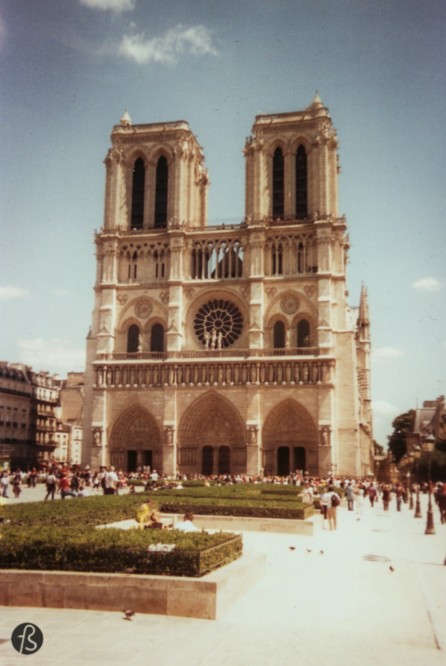
The presence of the bridge extended the island and, today, the Square du Vert-Galant is located where the sandbar used to be. This small park named in honor of Henry IV is a great place to have a bite and watch Paris move in front of you.
On the eastern half of the Île de la Cité, you are going to find the Notre-Dame de Paris, one of the finest examples of French Gothic architecture and one of the most well-known churches of the World. Our Lady of Paris, as the church is called in English, is the seat of the archbishop of Paris and is notable for its reliquary that houses some Catholicism’s most important relics.
The purported Crown of Thorns, a fragment of the True Cross, and one of the Holy Nails can be found inside the Notre-Dame de Paris away from the eyes of the thousands of people that visit this church every year.
After walking around the Notre-Dame de Paris and the Île de la Cité, I got back on track and decided to go in the direction of the Tour Saint-Jacques.
The Saint-Jacques Tower is all that remains of the former 16th-century Church of Saint-Jacques-de-la-Boucherie, which was demolished in 1797 during the French Revolution. The remaining church tower of Saint James of the Butchery is now considered a French historical landmark and stands 52 meters high on Rue de Rivoli at Rue Nicolas Flamel.
My next stop was a less historical one. Forum des Halles is a shopping mall in the heart of Paris that is located where Les Halles de Paris, the old central market, used to stand. The origins of the central market date back to 1183 when King Philippe II Auguste built a shelter for merchants in the area.
Everything came to an end in 1971 when the city decided to demolish the old food market and replace it with Forum des Halles, a modern shopping mall connected with the subway and trains.
After getting lost around the area, I found myself in front of the Centre Georges Pompidou, one of the many places of Paris I was crazy to see in real life. The weird look of the building was something that always intrigued me.
I still remember reading about it on some old National Geographic Magazines from the 1980s and I was quite happy to see the building with my own eyes.
Centre Georges Pompidou is where you can find the Musée National d’Art Moderne, which is the largest museum for modern art in Europe. Inside you can also visit the Bibliothèque publique d’information and the IRCAM, a center for music and acoustic research. On the last floor, you can have an amazing view of Paris and you have to go there. Try to have dinner on the restaurant on the last floor of the Centre Georges Pompidou and you will not regret it. Georges is the name of the restaurant and you will love it.
After taking a look at the Centre Georges Pompidou, I realized that I still had a lot to see in Paris and decided to find my way out and into the Place de la République’s direction. My day was coming to an end and I was getting tired of all the walking. At this point, I believed I had walked over 10 kilometers without resting at all and I needed to eat and sit down for a while.
I got lucky around Place de la République and found a bakery called Aux Péchés Normands. This bakery is so great that every time I go back to Paris, I have to go there for a sandwich and something else. Please, find some time and go there too.
After eating something at Aux Péchés Normands, I decided to spend the early evening around the Canal Saint-Martin. This canal connects the Canal de l’Ourcq to the river Seine and runs underground between the subways stations of Bastille and République.
The construction of the Canal Saint-Martin was ordered by Napoleon I in 1802 and, today, the canal is covered for a portion of its path. But the streets around it are beautiful and filled with gardens. It was around there that I found the Jardin Villemin, a beautiful public garden that stands where the military hospital Villemin used to be.
Since St Christopher’s Inn Paris is close to the Bassin de la Villette, my goal was to reach this large artificial lake in Paris and enjoy the sunset over this amazing city. I had walked all that I could through Paris and I wanted to have a beer and relax a little before taking my plane back to São Paulo.
So I sat at the side of Bassin de la Villette and watched people walk by. The Bassin de la Villette is a rectangular artificial lake that connects the Canal de l’Ourcq to the Canal Saint-Martin. You can find the MK2 Quai de Loire and MK2 Quai de Seine movie theatre complexes on the shores of the lake. If you want to have some fun outside, you can do as I did and just have a beer watching people playing bocha around the lake.
If you want to walk around the french capital and see a lot of things to do in Paris, this might be the walking city guide for you. It was perfect for me and I did an extended version of this walk another time I was in Paris. It is a long walk but I found it to be one of the best ways of enjoying a cool summer day exploring all that Paris has to offer.
Above you can see a rough map of what I walked through Paris in June 2010. Study the map and come up with something that suits your goals and I’m pretty sure you will enjoy everything Paris has to offer. If you want to avoid traps and just have the best time possible in Paris, take a look on Anna’s post. It is a life saver for Paris lovers.
All the pictures in this article are from a disposable camera I bought before I started walking around Paris. They have a special look and this is one of the reasons I decided to use them to illustrate that beautiful day exploring the french capital.
If you like what you read here, you should join us on our facebook group, follow us on Facebook and Twitter and, maybe, even our Flipboard Magazine. Or even, subscribe to our newsletter!
<div class=”aligncenter”><!– Go to www.addthis.com/dashboard to customize your tools –> <div class=”addthis_native_toolbox”></div></div><!– Go to www.addthis.com/dashboard to customize your tools –><br /><br /><!– –><div class=”addthis_recommended_horizontal”></div>
